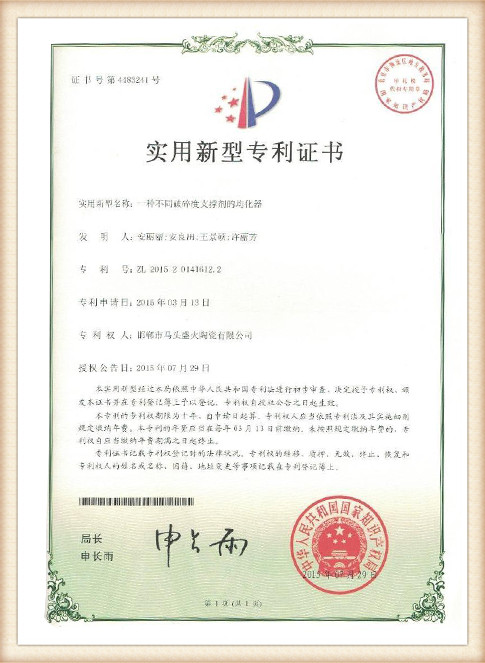Lost Foam Casting Applications An Overview
Lost foam casting (LFC) is a precision casting process that has gained significant traction in various industries due to its unique advantages and capabilities. This method involves creating a foam pattern that is coated with a refractory material and then surrounded by sand. Once the metal is poured into the mold, the foam evaporates, leaving behind a cavity that precisely matches the shape of the desired part. This process has a variety of applications, offering manufacturers the ability to create complex geometries with exceptional surface finishes.
Automotive Industry
One of the primary applications of lost foam casting is in the automotive sector. Manufacturers employ this method to produce engine blocks, cylinder heads, and various other components. The ability to create intricate designs not only enhances performance but also reduces the weight of the components, contributing to fuel efficiency. For instance, using lost foam casting, manufacturers can integrate multiple features into a single part, which previously would have required multiple components. This not only simplifies assembly but also reduces the risk of chronic failures associated with multi-part designs.
Aerospace Sector
In the aerospace industry, where precision and reliability are paramount, lost foam casting shines. The ability to cast lightweight but strong components is essential for aircraft design. Lost foam casting enables the production of complex geometries that may be challenging or impossible to achieve with traditional methods. Components such as turbine housings and structural parts for aircraft can be efficiently produced with reduced weight, leading to improvements in fuel efficiency and overall performance. Furthermore, the reduced need for secondary machining operations results in cost savings and shorter lead times.
Marine Applications
lost foam casting applications

The marine industry also benefits from lost foam casting, particularly in the production of intricate parts that require high corrosion resistance. Components for boats and marine engines often need to withstand harsh environments, making lost foam casting an excellent choice. By using lightweight materials and advanced alloys, manufacturers can create propellers, hull fittings, and engine components that exhibit both durability and enhanced marine performance.
Industrial Equipment
Another area where lost foam casting is extensively used is in the manufacturing of industrial equipment. From pumps and valves to machinery housings, this casting method allows for the production of robust components that can handle demanding operational conditions. The fine surface finish and dimensional accuracy achieved through lost foam casting reduce the need for extensive post-casting machining, resulting in cost savings and faster turnaround times. Additionally, the versatility of this process enables the use of different metal alloys, providing the flexibility needed to meet specific application requirements.
Art and Sculpture
Outside of traditional industrial applications, lost foam casting has found a niche in artistic endeavors. Sculptors and artists utilize this technique to create intricate bronze and aluminum sculptures. The ability to translate complex designs from foam patterns to metal sculptures enables artists to push the boundaries of creativity while maintaining a high level of detail and precision. This aspect of lost foam casting demonstrates its versatility and the innovative ways in which it can be applied beyond conventional industrial uses.
Conclusion
In conclusion, lost foam casting presents a multitude of advantages, making it a valuable method for producing high-precision components across various industries. Its applications in the automotive, aerospace, marine, and industrial sectors are testament to its effectiveness in creating complex geometries and lightweight designs. Additionally, its use in art and sculpture highlights the creative potential of this casting method. As technology continues to evolve, the lost foam casting process is likely to see further advancements, broadening its applications and enhancing its impact on manufacturing practices worldwide.
Post time:Out . 13, 2024 19:07
Next:sanding ceramic
